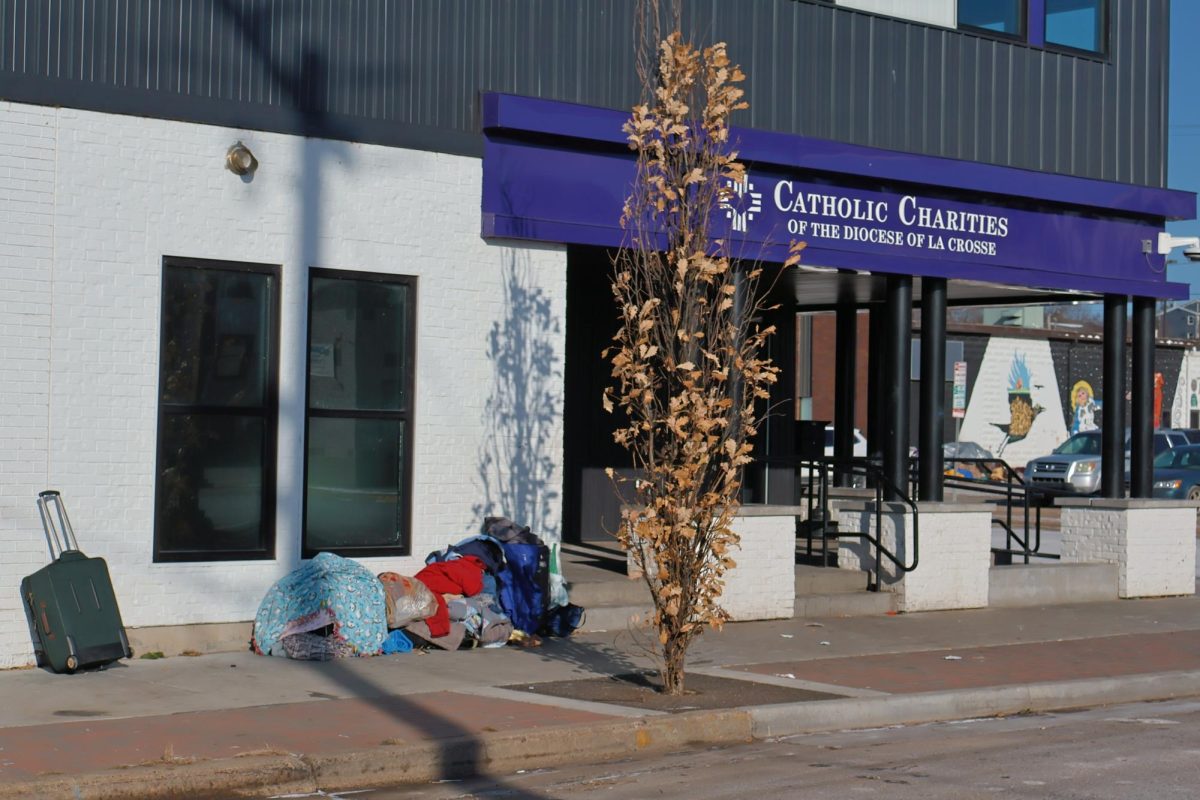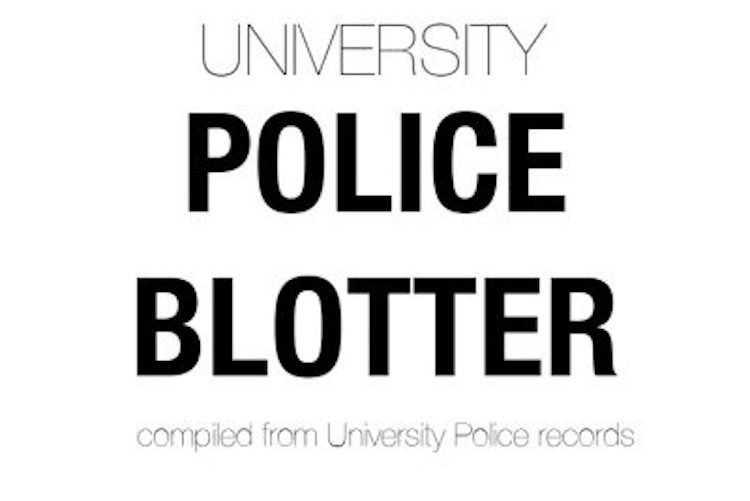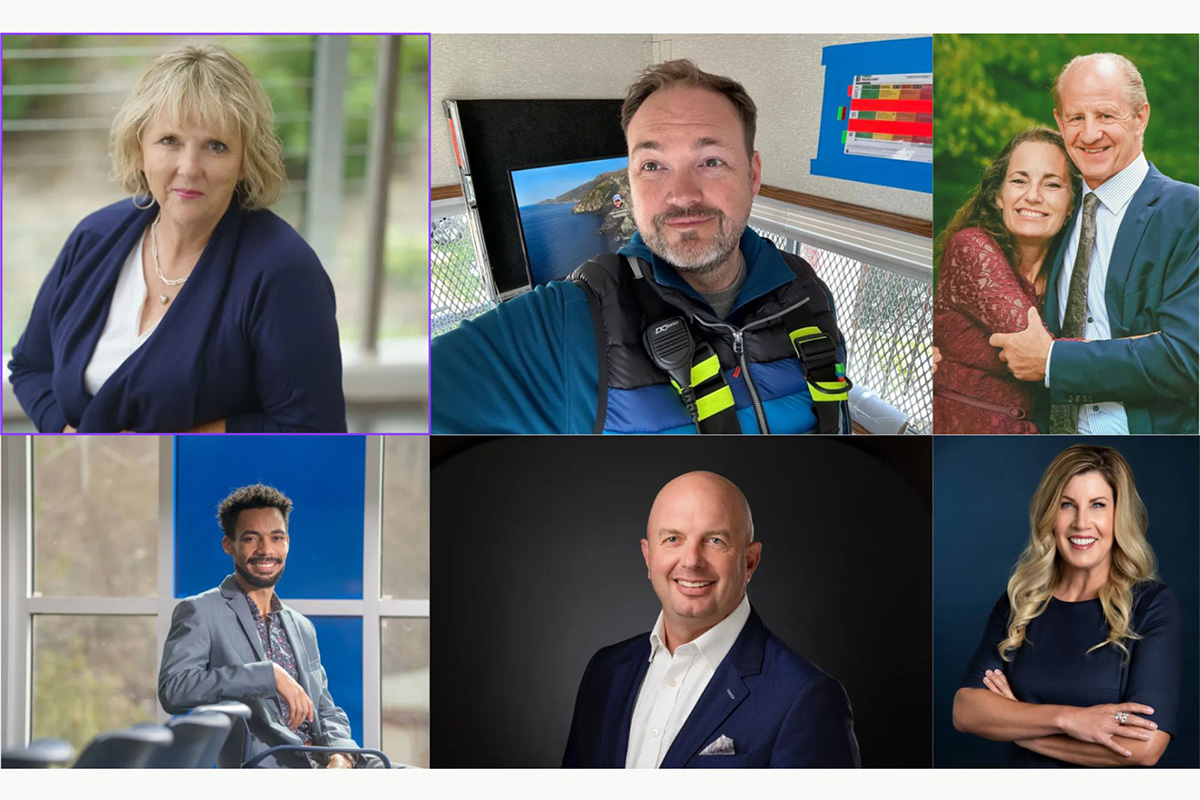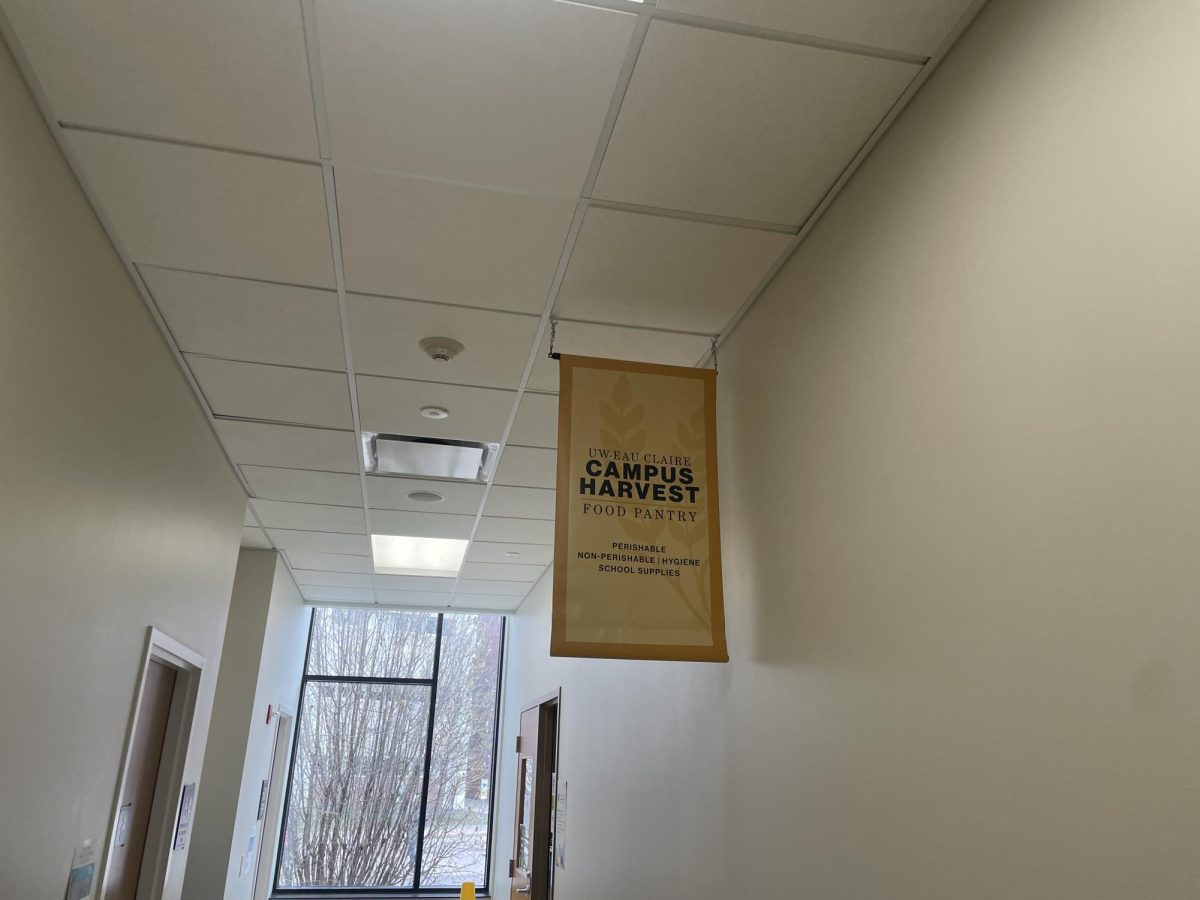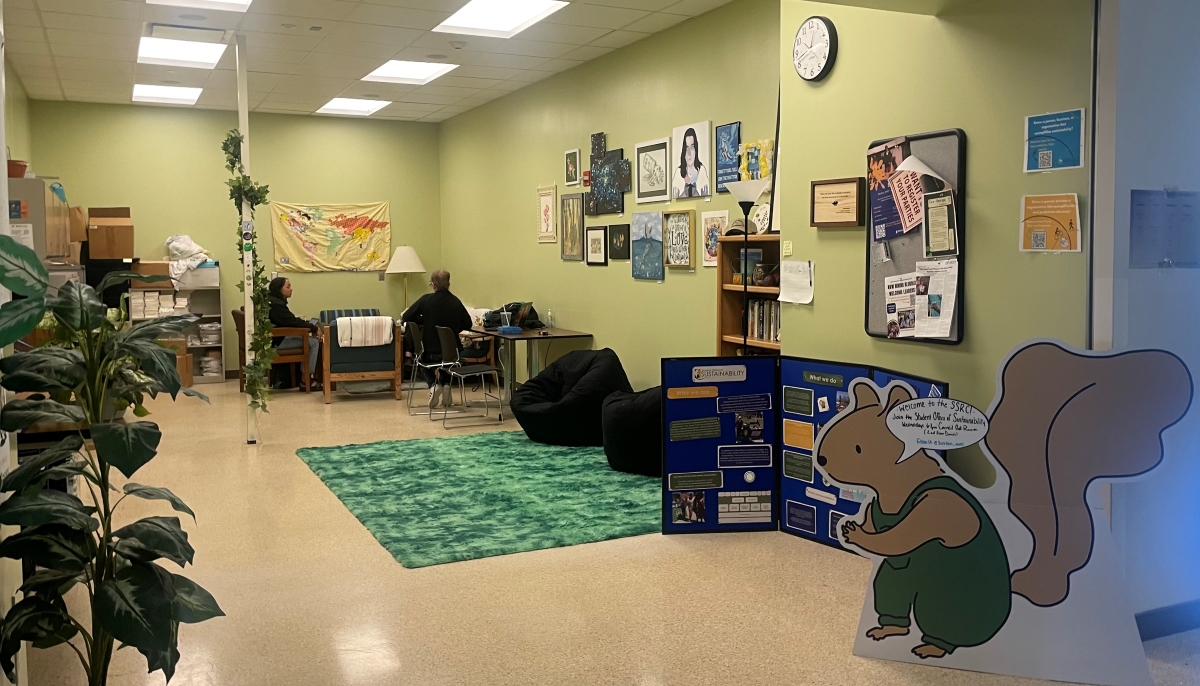By noon, the campus mall is packed with students passing between classes and heading to Davies for lunch. With sunny days in the near future, the area will be even more crowded with students enjoying the ultraviolet rays and taking their food to enjoy out in the grass. Now, imagine navigating that crowd with little vision and only a cane to guide you.
Timm Sinnen, an Information Technologies for Business Analysis major, does this every day. He and the office for Services for Students with Disabilities are trying to raise awareness of those students who are blind or visually impaired.
The project, called “White Cane Awareness,” was spawned after Sinnen and the office for Services for Students with Disabilities noticed a lack of awareness of those visually impaired or blind on campus.
“When I first came here (there were) a lot of kids who didn’t know what it was,” said Sinnen, referring to his white cane. “Some just thought it was a walking cane or I got dirty looks.”
The white cane is just that: a white cane. People who are visually impaired or blind use it as a tool to let others know that the user of the cane has a problem seeing clearly. The color stands out and gets the attention of people. If someone who is visually impaired is crossing the street, the cane is meant to be noticed first before the pedestrian crosses, letting any drivers know someone with a visual impairment is about to pass by.
Sinnen is not blind, but visually impaired. He has 20/200 vision, which means he can see 20 feet for what a person should normally see at 200 feet. So, at a close range he can make out objects.
When Sinnen attends class he brings his laptop, raises the font, and uses different color settings to make things easier to read.
“Having everything on D2L is really nice,” he said. “I don’t have to grab a paper copy of something beforehand and read; it’s here, (I) grab the file of the copy that’s on D2L.”
Students who are visually impaired work with the Services for Students with Disabilities. The office provides the student with a VISA (Verification of Services and Accommodations) to show to their instructors. The student and professor then discuss how the approved accommodations will be provided to the student.
“One of my B-COM teachers was actually really interested to have me in her class,” Sinnen said. “A lot of my presentations went towards that blindness aspect and using that in a business environment. So it was other things she was learning.”
Sinnen says that the teachers and staff have been helpful and responsive. Communicating with them and working out situations that he has run into has helped make healthy connections, he said.
Originally from Milwaukee, Sinnen said he was raised by a family that is also visually impaired. His mother has been visually impaired since birth (suffering from the same condition as Sinnen), and his father had a brain tumor that caused damage to his optic nerve when he was a teenager, he said.
“I don’t remember anything that we did different than any other family,” Sinnen said. “Nothing stuck out that made us that different.”
Looking ahead, Sinnen and the Services for Students with Disabilities plan to help educate the Eau Claire campus on the presence of students who use white canes. Posters “bringing white canes to the foreground on campus” are currently being designed and will be hung up around campus next week, he said.

